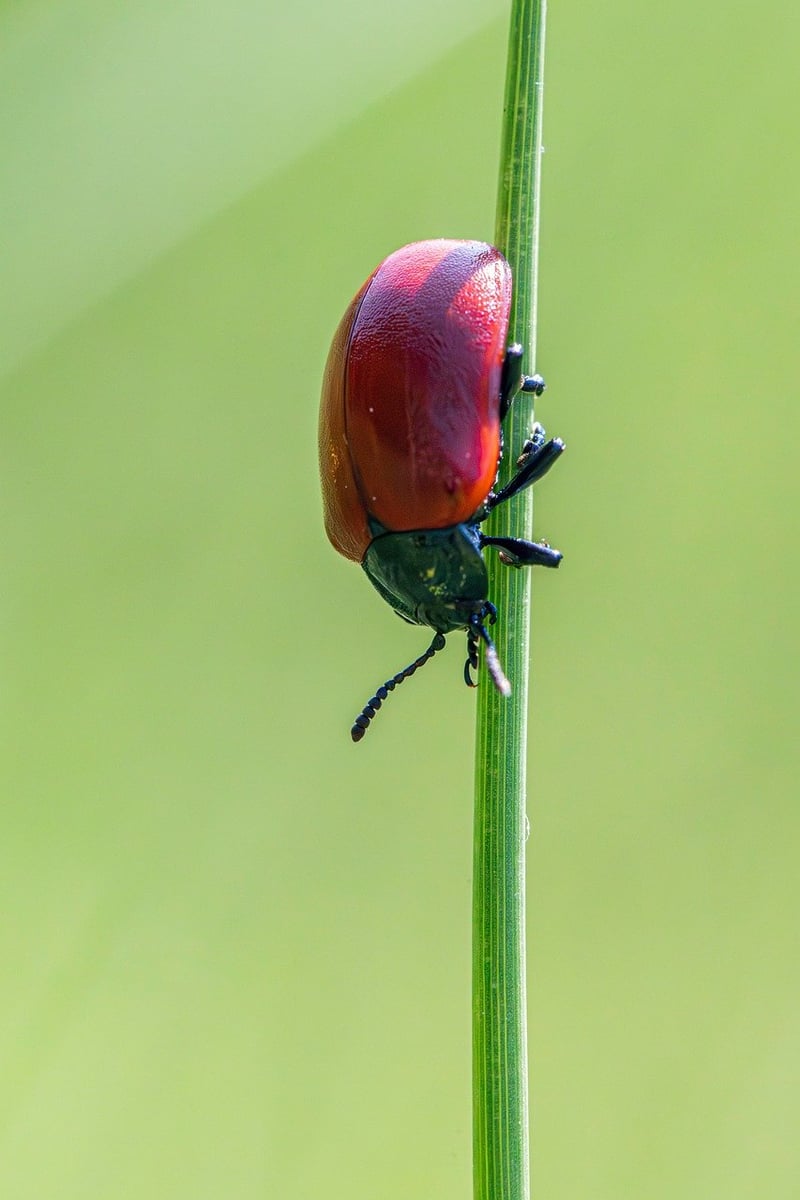Pest Control Methods
Plant Care and Pest Control Guide
Introduction
Welcome to our comprehensive guide on caring for your plants and effectively controlling pests to ensure their health and vitality. Whether you are a seasoned gardener or just starting out, these tips will help you maintain beautiful and thriving plants.
Plant Care Tips
- Watering: Ensure your plants receive the right amount of water. Overwatering can lead to root rot, while underwatering can cause wilting.
- Light: Place your plants in locations that provide adequate sunlight based on their specific requirements.
- Fertilizing: Use a balanced fertilizer to promote healthy growth. Follow the instructions on the product for best results.
- Pruning: Regularly trim dead or overgrown parts of the plant to encourage new growth.
- Repotting: Repot your plants when they outgrow their current containers to prevent root-bound issues.
Pest Control Methods
Despite our best efforts, plants can sometimes fall victim to pests. Here are some effective pest control methods:
1. Natural Remedies
Try using natural solutions like neem oil, insecticidal soaps, and garlic spray to repel common pests without harming your plants.
2. Beneficial Insects
Introduce beneficial insects like ladybugs and lacewings to your garden to prey on harmful pests and maintain a natural pest control balance.
3. Cultural Controls
Implement cultural controls such as proper plant spacing, crop rotation, and removing debris to reduce pest infestations.
4. Mechanical Methods
Handpick larger pests like caterpillars or use physical barriers like row covers to protect your plants from infestations.
5. Chemical Treatments
If necessary, consider using chemical treatments as a last resort. Always follow instructions carefully and use them sparingly to minimize environmental impact.
Conclusion
By following these plant care tips and pest control methods, you can ensure your plants thrive in a healthy environment. Remember to observe your plants regularly for any signs of distress and address issues promptly to keep them in optimal condition.

Happy gardening!
